纳米化对AgBiSe2晶体结构和热电性能的影响毕业论文
2020-06-16 20:42:15
摘 要
近年来随着纳米技术的进步,推动了其在热电材料领域的应用。出现了低维纳米结构热电材料、纳米晶块热电材料、纳米基复合热电材料等多种利用纳米技术研发的热电材料[2]。但纳米结构在块体材料中的应用面临着分析复杂、纳米结构保留难等问题。纳米晶热电材料的理论出发点是降低晶格热导率,但同时会产生降低电导率的负面效应。本实验通过固相反应法(高温淬火)制得保留了高温立方相(Fm3̅m)的AgBiSe2。结合机械球磨(MM)以及放电等离子烧结(SPS)技术制得分别复合了NaCl和PbSe的AgBAiSe2样品。期望通过MM使晶粒得到细化,达到纳米结构,通过SPS快速等离子活化烧结的特点来抑制晶粒的长大,通过复合NaCl和PbSe提升材料的电学性能。通过X射线衍射仪(XRD),扫描电子显微镜(SEM)、热电性能测试系统(Linseis)对样品的晶体结构和电学性能进行研究。结果发现,MM时间达到12小时时,样品的晶粒尺寸能够达到纳米级别。同时复合了NaCl和PbSe的样品晶粒更加细化,复合物在机械球磨过程中起到助磨作用。复合2%PbSe和复合5%NaCl的样品虽然Seebeck系数有小幅的降低,但因样品的电导率与没有复合其他物质的AgBAiSe2样品相比有一定程度提升。使得两个样品的功率因子在480k附近达到最大值0.50mW·m-1·K-2,而没有复合的AgBiSe2样品最大值只有0.35mW·m-1·K-2。因此复合2%PbSe和复合5%NaCl能够提高AgBiSe2的电学性能。同时,实验中发现AgBiSe2材料在SPS和热电性能测试过程中会发生相变,这使得材料的热电性能降低,同时增加了实验分析的难度。因此实验方法仍需要进一步改进以更好保留AgBiSe2的高温立方相(Fm3̅m)。
关键词:热电材料,立方相(Fm3̅m),纳米化。
ABSTRACT
In recent years, with the progress of nanotechnology, to promote its application in the field of thermoelectric materials. The emergence of low-dimensional nanostructured thermoelectric materials, nanocrystalline thermoelectric materials, nano-composite thermoelectric materials and other thermoelectric materials [2]. However, the application of nanostructures in bulk materials is problematic in that the analysis is complex and the nanostructures are difficult to retain. The theoretical starting point of nanocrystalline thermoelectric materials is to reduce lattice thermal conductivity, but at the same time produce negative effects of reduced conductivity. In this experiment, AgBiSe2 with high temperature cube phase (Fm3̅m) was prepared by solid state reaction (high temperature quenching). The AgBAiSe2 samples of NaCl and PbSe were prepared by mechanical ball milling (MM) and spark plasma sintering (SPS). It is expected that the grain will be refined by MM to reach the nanostructure, and the grain growth is inhibited by SPS rapid plasma activation sintering. The electrical properties of the material are enhanced by compound NaCl and PbSe. The crystal structure and electrical properties of the samples were studied by X - ray diffraction (XRD), scanning electron microscopy (SEM) and thermoelectric properties (Linseis). It was found that the grain size of the sample could reach the nanometer level when the MM time reached 12 hours. At the same time, the crystal grains of NaCl and PbSe are more refined, and the composite plays a role in the grinding process. Compared with the samples with 2% PbSe and 5% NaCl, the Seebeck coefficient was slightly reduced, but the conductivity of the samples was improved to some extent compared with the AgBAiSe2 samples without other compounds. So that the power factor of the two samples reaches a maximum of 0.50 mW · m-1 · K-2 at 480 k, and the maximum value of the composite AgBiSe2 sample is only 0.35 mW · m-1 · K-2. Therefore, the composite 2% PbSe and 5% NaCl can improve the electrical properties of AgBiSe2. At the same time, it is found that AgBiSe2 material undergoes phase transition during SPS and thermoelectric performance test, which reduces the thermoelectric properties of the material and increases the difficulty of the experimental analysis. Therefore, the experimental method needs to be further improved to better preserve the high temperature cubic phase (Fm3̅m) of AgBiSe2.
Key words: Thermoelectric materials, Cubic phase(Fm3̅m), Nanocrystallization.
目录表
摘 要 I
ABSTRACT II
第一章 绪论 1
1.1 热电材料研究背景 1
1.2热电材料的定义与热电效应 1
1.3热电材料的热电优值ZT与优化 3
1.4 热电材料的分类和应用 5
第二章 实验部分 7
2.1实验原料及设备 7
2.2AgBiSe2的晶体结构与性质 8
2.3制备原料AgBiSe2 8
2.4实验步骤 10
第三章 数据分析 12
3.1 X射线衍射(XRD)分析 12
3.2 扫描电子显微镜(SEM)分析 13
3.3 塞贝克系数比较 15
3.4 电导率比较 16
3.5功率因数比较 17
第四章 结论 19
参考文献 20
感 谢 21
第一章 绪论
1.1 热电材料研究背景
相关图片展示:
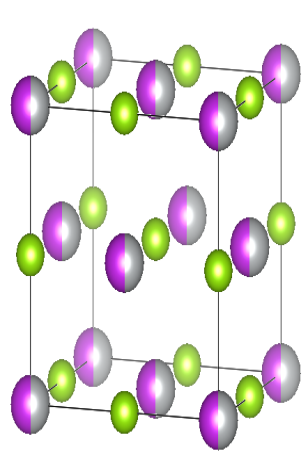
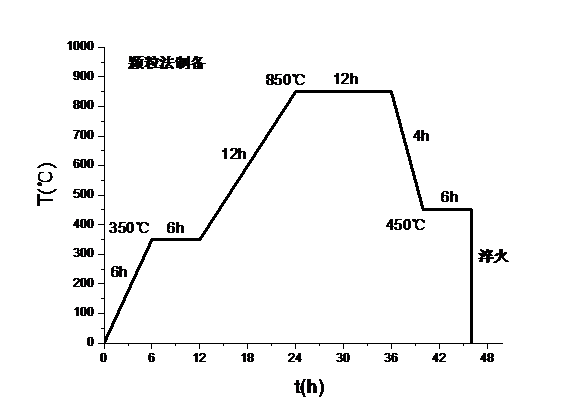

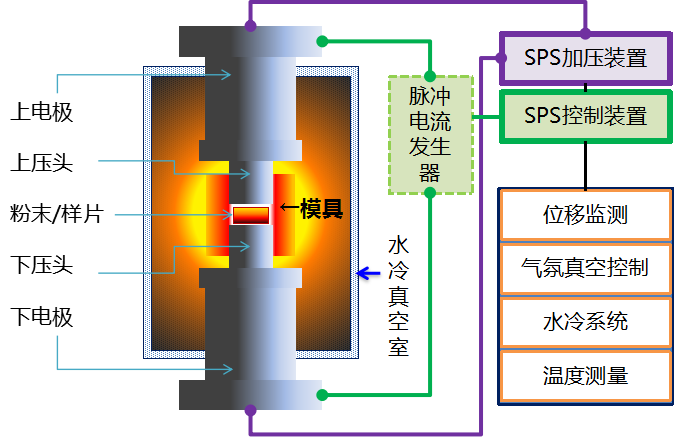
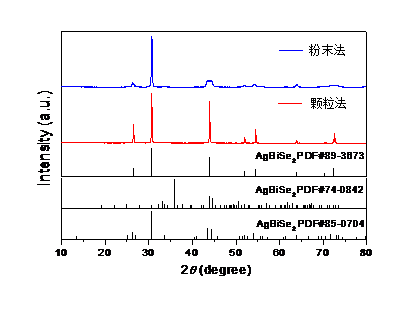
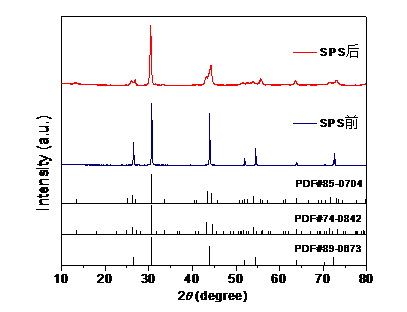
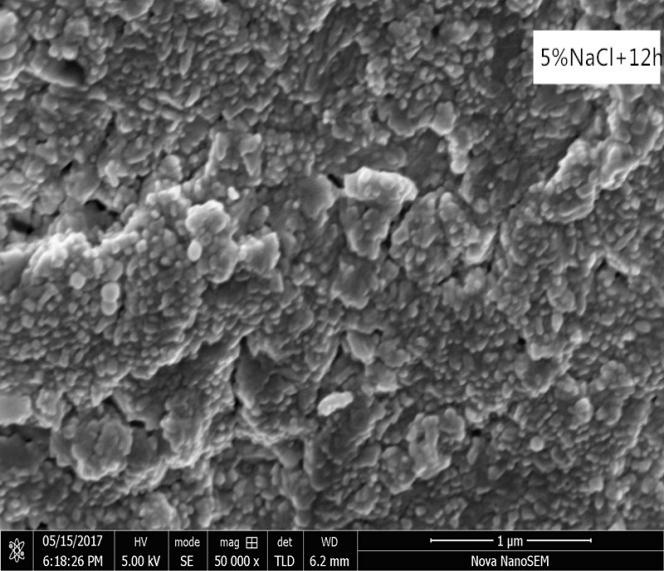
您可能感兴趣的文章
- 蒸养纤维掺杂高铁低钙水泥混凝土的抗海水冲磨性能研究文献综述
- TIPA对水泥-锂渣体系力学性能和水化性能的影响外文翻译资料
- TEA对锂渣-水泥复合粘结剂流变性能及水化性能的影响外文翻译资料
- 硫酸铝无碱液体促进剂的效果研究烷醇胺对硅酸盐水泥水化过程的影响外文翻译资料
- 新型C-A-S-H/PCE纳米复合材料:设计表征和对水泥水化的影响外文翻译资料
- 工业中碳捕获技术以及以水泥回转窑作为核心的吸附再生器外文翻译资料
- Ca/Al层状双氢氧化物的制备及其结构对水泥早期强度的影响外文翻译资料
- 蒸汽养护后混凝土养护方法对混凝土机械强度和透气性的影响外文翻译资料
- 含白云石或石灰石的偏高岭土水泥在相组成与抗压强度的异同外文翻译资料
- 与硅质铁尾矿结合的混凝土的耐久性外文翻译资料




